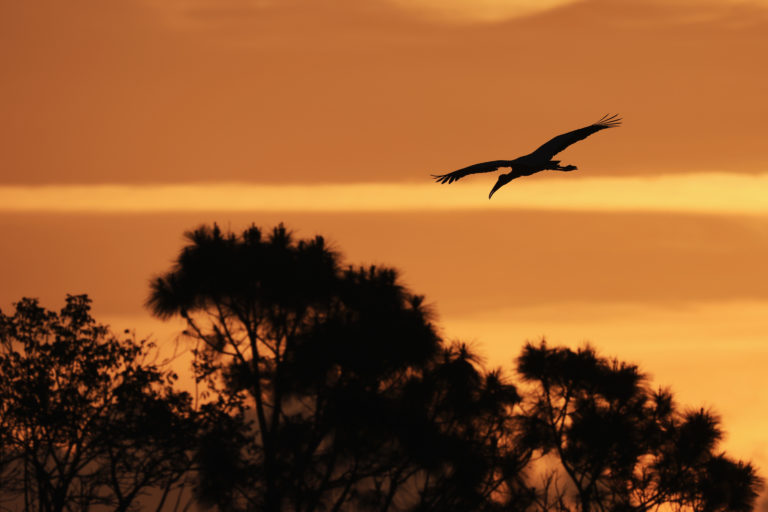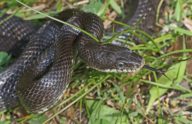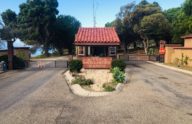Individual liberty, property rights, and conservation are intertwined

Lawmakers in Montana want to take away the right of certain nonprofits to purchase land through free market transactions, a move that would harm environmental conservation, rather than protect it.
The bill’s sponsor is trying to legislate the American Prairie Reserve out of existence by denying them basic private property rights.
The American Prairie Reserve wants to create the largest nature reserve in the contiguous United States. They have purchased 100,000 acres and leased another 300,000. They are creating corridors for migration, grazing lands for bison, and space for native species to thrive. And they should have the same constitutional rights as other people and organizations.
Individual liberty and property rights are not an obstacle, but rather the path toward conserving our environment.
I was fortunate enough to grow up on 15 acres of Wisconsin land that was on a fen, a type of wetland like a bog that is fed by mineral-rich water. I spent all my free time outside exploring—meeting snakes, frogs, turtles, butterflies, dragonflies, foxes, skunks, and numerous other creatures. The land was my wonderland and I was able to explore to my heart’s content without anyone telling me what to do.
One spring, huge birds began to show up in our backyard two at a time. They were white with long legs and wingspans as big as I was. I learned that these greater sandhill cranes had been reintroduced in Wisconsin by the privately funded organization called the International Crane Foundation.
When I left home and my mom sold my homeland, I was devastated to think I would never again be free to experience the magic of wandering that land. But the news of who she sold it to brought tears of joy instead.
The Nature Conservancy, a nonprofit conservation organization, purchased my family’s land. They had been purchasing land on the fen for decades and had accumulated 184 acres. Instead of having to say goodbye to the land that was so sacred to me as a child, I am now comforted to know that because of this nonprofit, I am free to explore it again.
Groups like the American Prairie Reserve, the Nature Conservancy, and the International Crane Foundation showed me first-hand how conservation works. And they do it without the strongarm of the law.
By relying on experts and individual donations, a species can be reintroduced. Relying on private property rights allows large tracts of land to be conserved for a wide range of species.
But conservation doesn’t just happen with nonprofit groups, it also happens with individuals.
I just purchased my first piece of property, a small tract of suburb in small-town Kentucky. On my land I’m actively creating habitats for pollinators, bats, and salamanders and reintroducing native plant species because they require less care than non-native species.
Though it’s a small lot, I’m confident that with a little thought, my yard can also be a natural wonderland and a space for species to thrive, similar to the one I grew up exploring.
I’ve always been a tree hugger and I’ve always valued individual liberty. How great it is that these two things go perfectly together.





